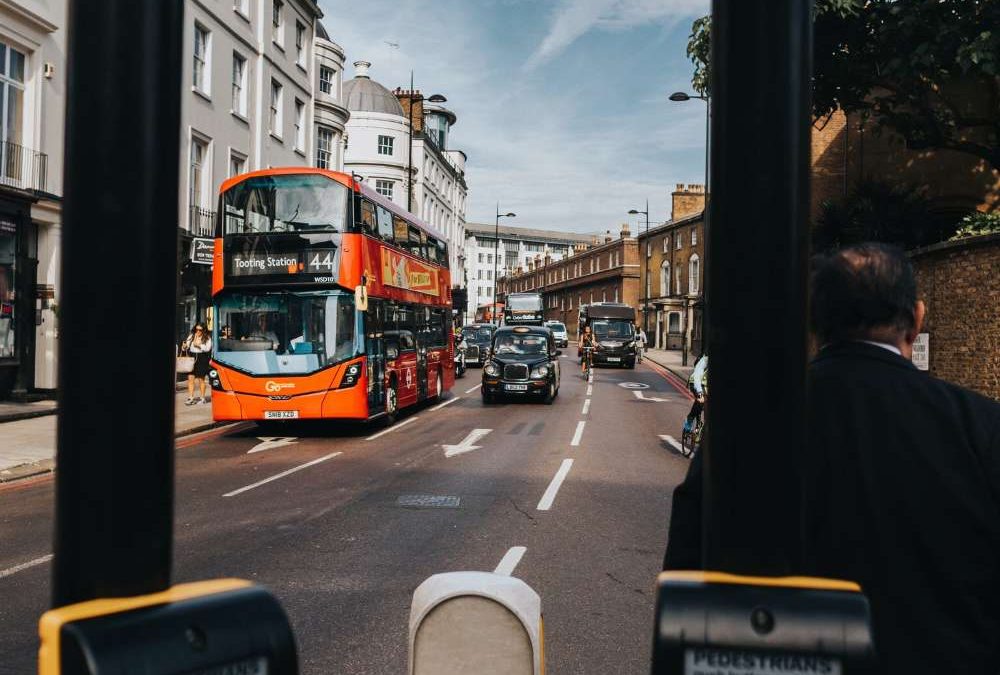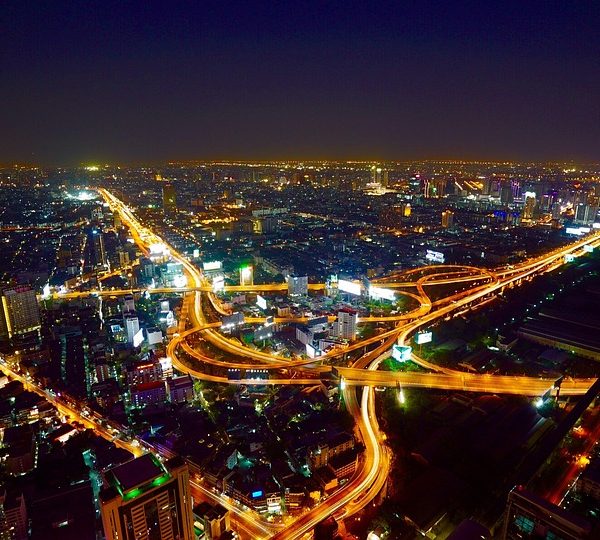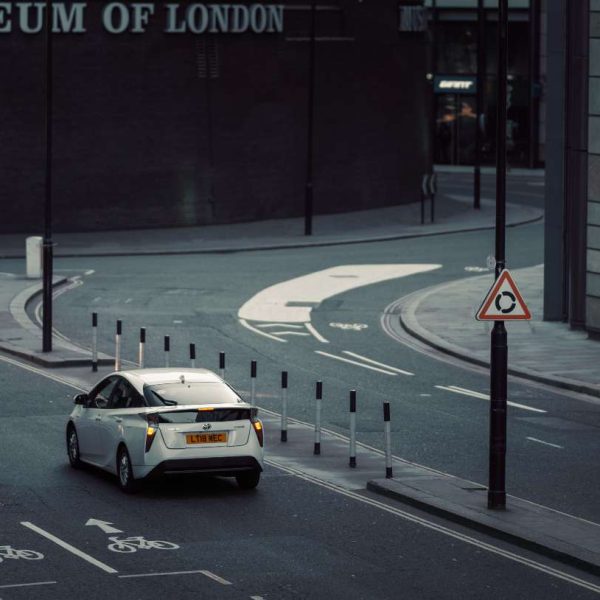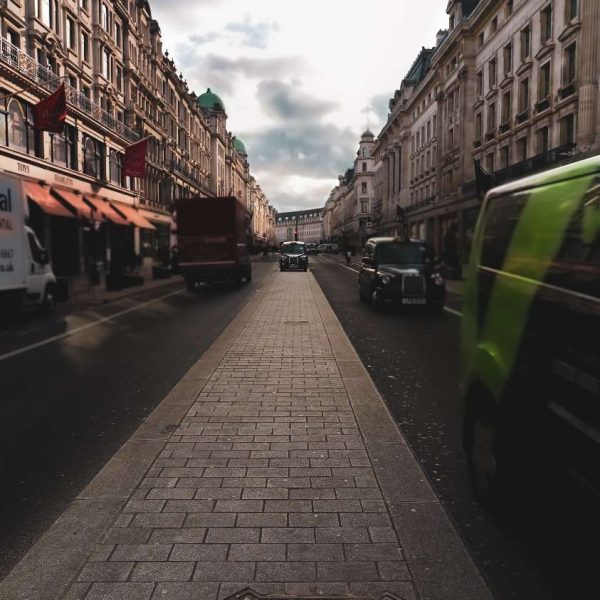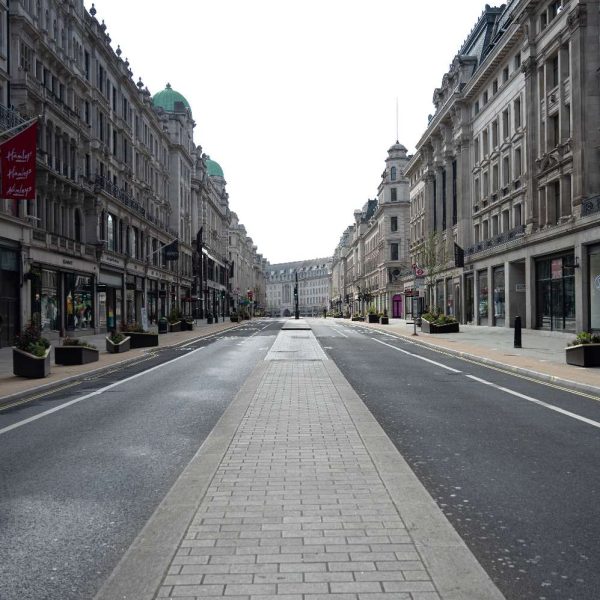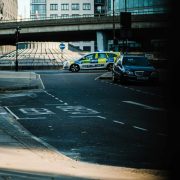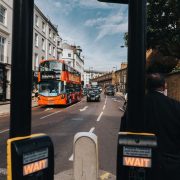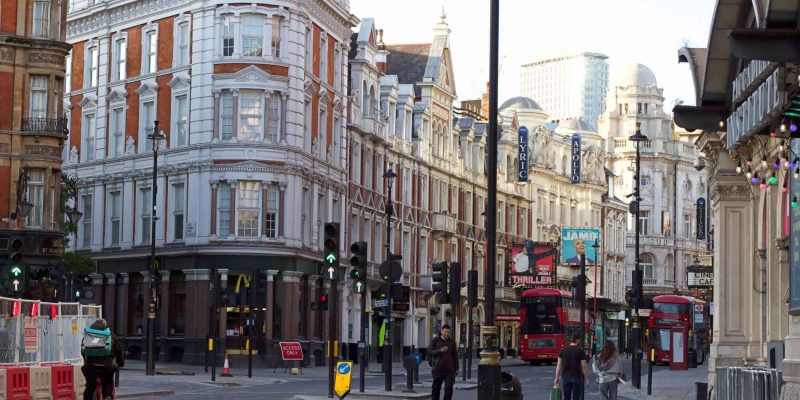
Different Types of Traffic Islands: What You Need to Know
Traffic islands are a familiar feature on roads and highways globally. Their purpose is to segregate traffic lanes, offer pedestrians a secured crossing, and regulate traffic flow. This article delves into the different types of traffic islands and provides an in-depth understanding of them.
Defining Traffic Islands
A traffic island refers to an elevated section of pavement or concrete utilized to segregate traffic lanes, provide a safe crossing spot for pedestrians, and regulate traffic flow. Typically situated in the center of roads or highways, traffic islands can be either permanent or temporary. They are also used to divide traffic lanes, facilitate pedestrian crossings, or offer a sanctuary for cyclists.
Varieties of Traffic Islands
Various types of traffic islands exist, each serving distinct functions and designed differently. The most prevalent kinds are as follows:
1. Median Islands: These islands separate traffic lanes and are usually found in the middle of a road or highway. Composed of concrete or asphalt, they can be temporary or permanent. Median islands help partition traffic lanes, offer secure pedestrian crossings, or serve as refuges for cyclists.
2. Pedestrian Islands: Positioned at intersections, these islands provide pedestrians with secure crossing points. Constructed from concrete or asphalt, pedestrian islands are utilized to establish safe pathways for pedestrians or serve as shelters for cyclists.
3. Refuge Islands: These islands are designed to offer cyclists a secure spot for pausing and resting. Typically situated at intersections, they are commonly made of concrete or asphalt and provide cyclists with secure stopover points or serve as retreats for pedestrians.
4. Roundabouts: These circular features regulate traffic flow and are often located at intersections. Constructed using concrete or asphalt, roundabouts can be temporary or permanent. They can control traffic, create safe pedestrian crossings, or offer havens for cyclists.
5. Traffic Circles: Similar to roundabouts, traffic circles regulate traffic flow at intersections. Made of concrete or asphalt, they can be temporary or permanent and serve the purpose of traffic regulation, safe pedestrian crossings, or providing sanctuaries for cyclists.
Advantages of Traffic Islands
Traffic islands offer numerous benefits to drivers, pedestrians, and cyclists. They help mitigate the risk of accidents by providing secure pedestrian crossings and resting points for cyclists. Additionally, they contribute to alleviating traffic congestion by regulating traffic flow and offering havens for cyclists. Finally, traffic islands aid in improving air quality by reducing the release of exhaust fumes into the atmosphere.
In Conclusion, traffic islands are a ubiquitous feature on roads and highways across the world, serving to segregate traffic lanes, provide safe pedestrian crossings, and regulate traffic flow. With various types, each serving specific functions and designed differently, traffic islands offer several advantages to drivers, pedestrians, and cyclists, including reducing accident risks, relieving traffic congestion, and enhancing air quality.



